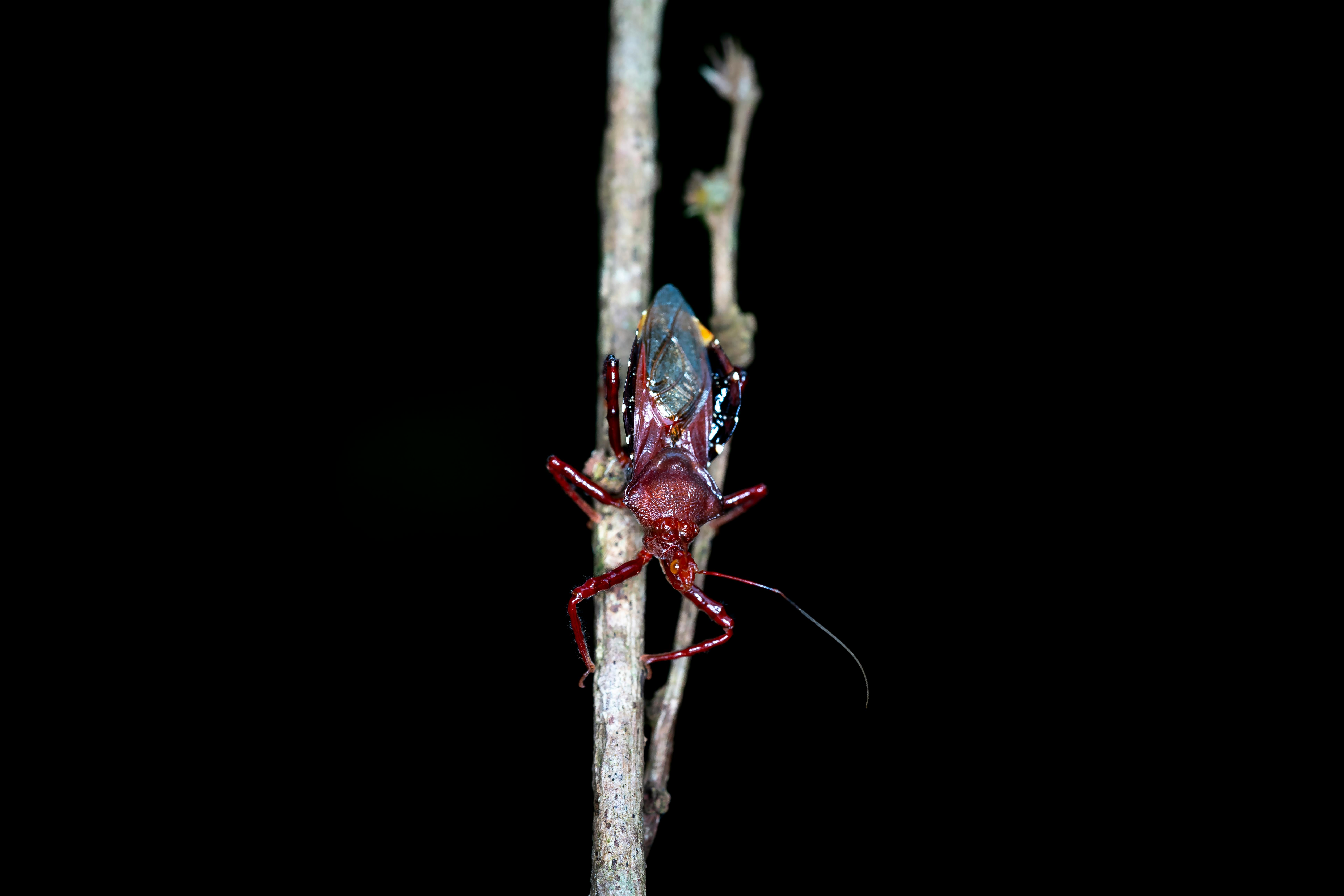Understanding the Unusual: The Intricate World of Stick Insects
Introduction: Immerse yourself in the fascinating realm of stick insects, often overlooked but undeniably intriguing creatures. Uncover their distinctive traits, survival strategies, and the vital role they play in our ecosystem. Stick insects, also known as walking sticks, are part of the insect order Phasmatodea. Their uncanny resemblance to twigs and leaves, a trait from which they take their name, is their primary defense mechanism against predators. This mimicry involves not only their physical appearance but also their behavior, with some species even swaying to imitate the movement of branches in the breeze.

The Journey through Time: Historical Context
The earliest known stick insect fossil dates back to the Early Jurassic period, about 200 million years ago. Since then, these insects have evolved into more than 3,000 recognized species, each adapting to its specific environment in remarkable ways. They have become diverse in size, shape, and color, but their most significant evolution remains their incredible camouflage ability, a testament to the power of natural selection.
Latest Discoveries and Studies
Recent research has uncovered the stick insect’s surprising resilience. A study published in 2020 revealed that these insects could regrow lost limbs, an ability that further enhances their survival rate. Additionally, scientists have noted the potential for stick insects to aid in studying the effects of climate change on biodiversity, given their sensitivity to environmental changes.
The Stick Insect Market: A Budding Interest
As people’s interest in unusual pets grows, stick insects have begun to make their mark on the pet industry. They are low-maintenance, non-aggressive, and fascinating to observe, making them ideal for those looking for a unique pet experience. The price range for these insects varies depending on the species, starting from around $10 for common varieties to hundreds of dollars for rarer types.
The Role of Stick Insects in Ecosystems
Beyond their intrigue as pets, stick insects play a crucial role in their natural habitats. They are a food source for many birds, reptiles, and mammals, and their consumption of leaves contributes to nutrient cycling in forests. By understanding and preserving these creatures, we can help maintain the delicate balance of our ecosystems.
In conclusion, the stick insect’s world extends far beyond its twig-like exterior. Their intricate life strategies, historical evolution, and the recent rise in their popularity as pets, coupled with their critical ecological role, make them an intriguing subject for animal enthusiasts. As we continue to uncover the secrets of these small creatures, we may find that there is much to learn from their simple yet effective survival methods.




